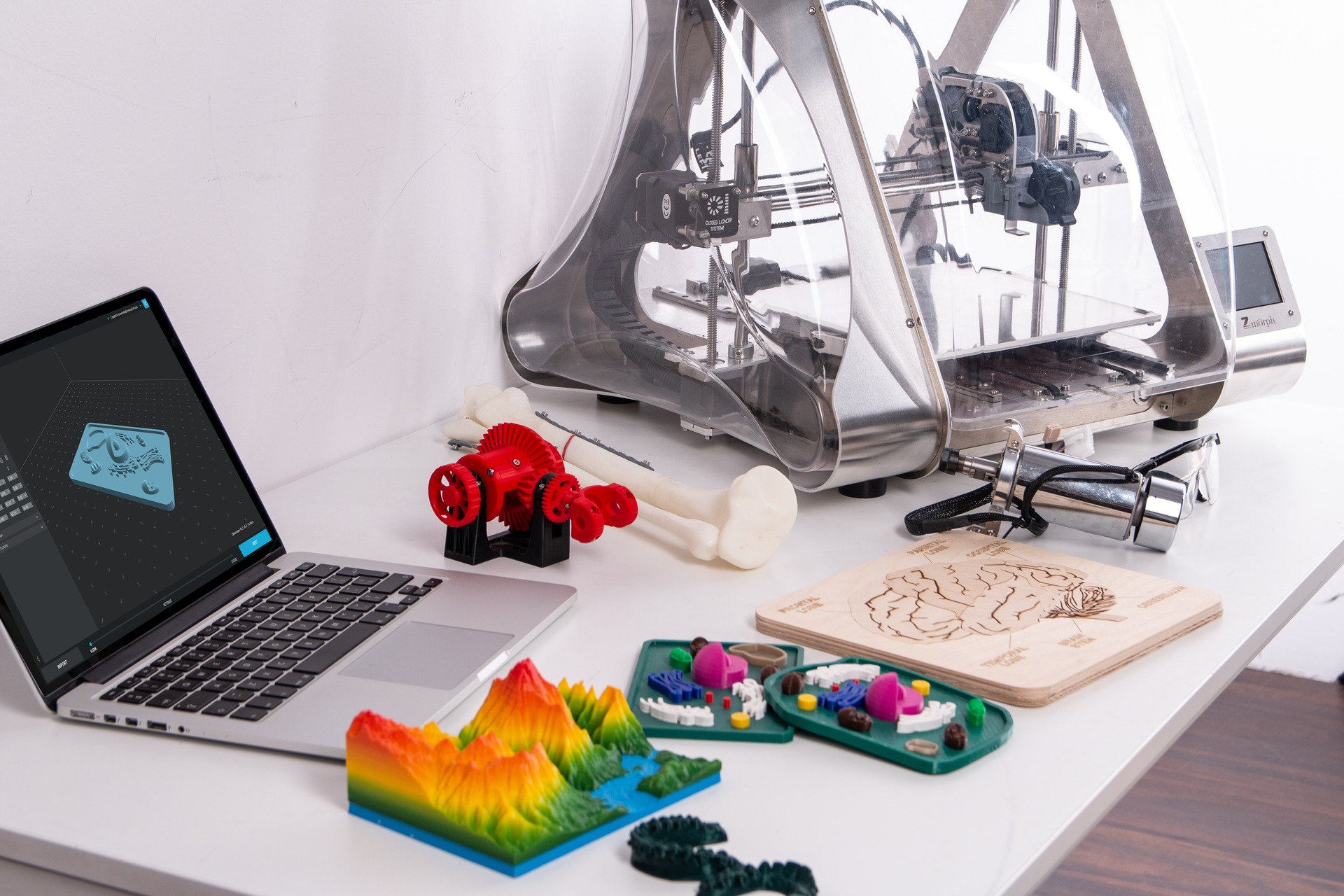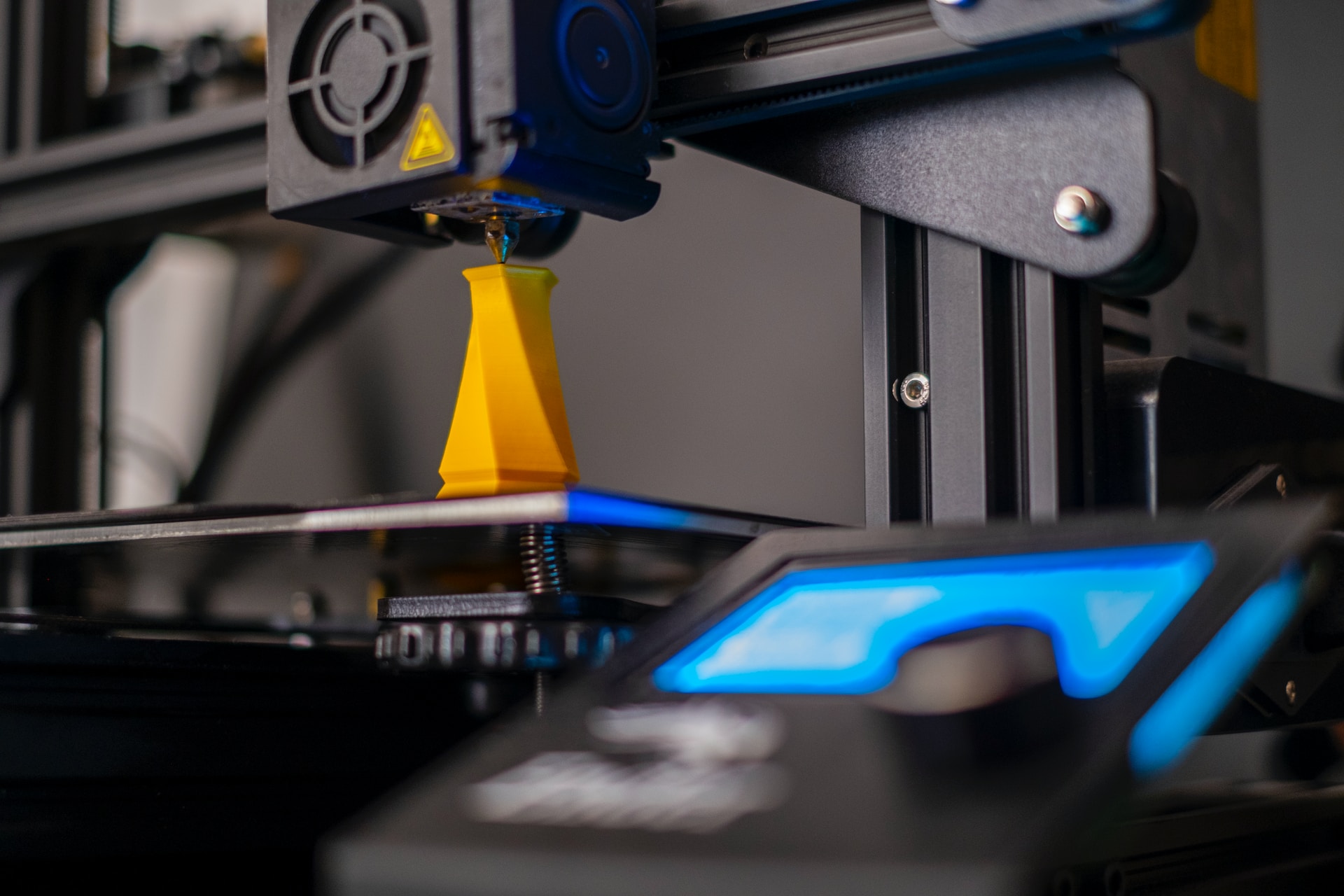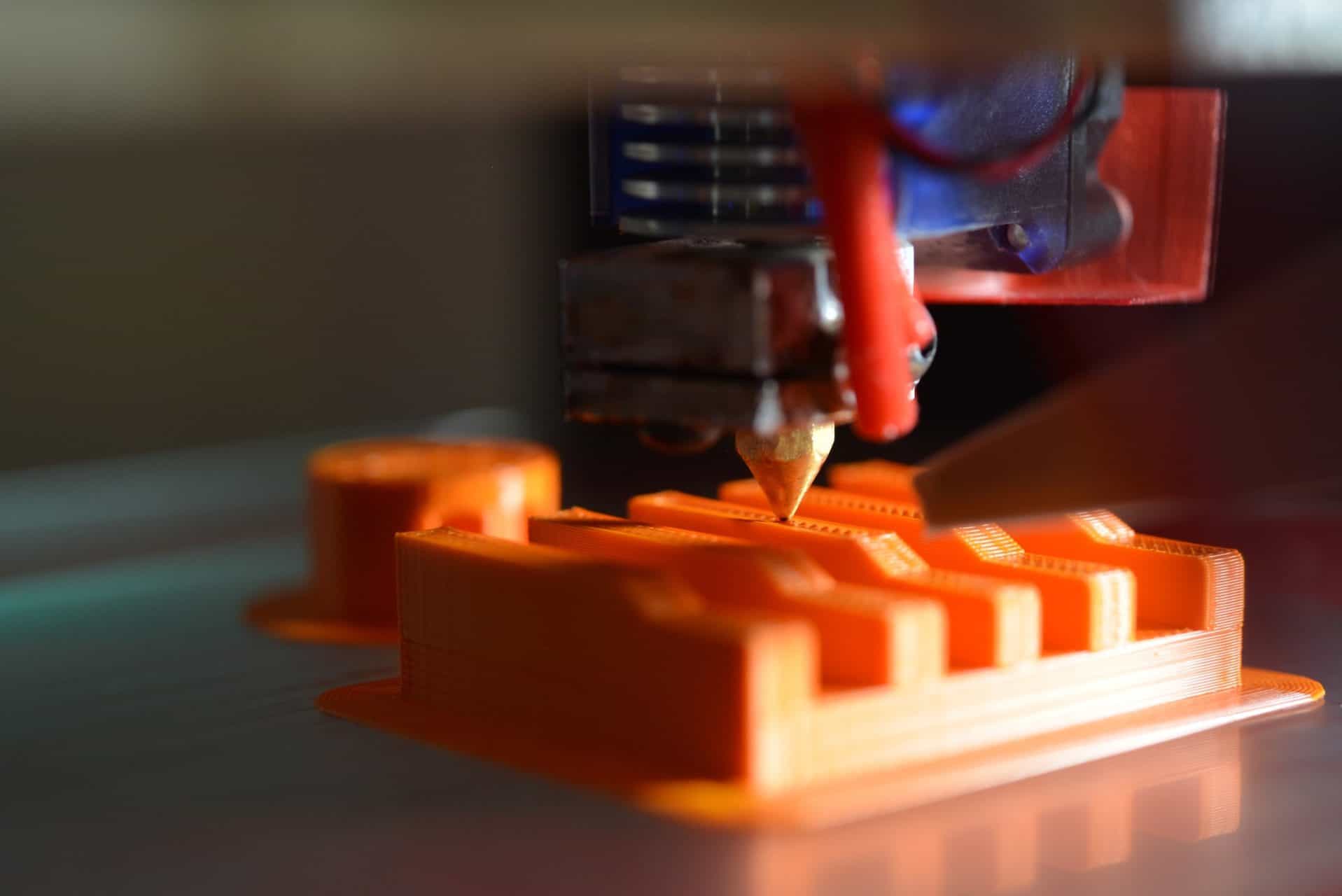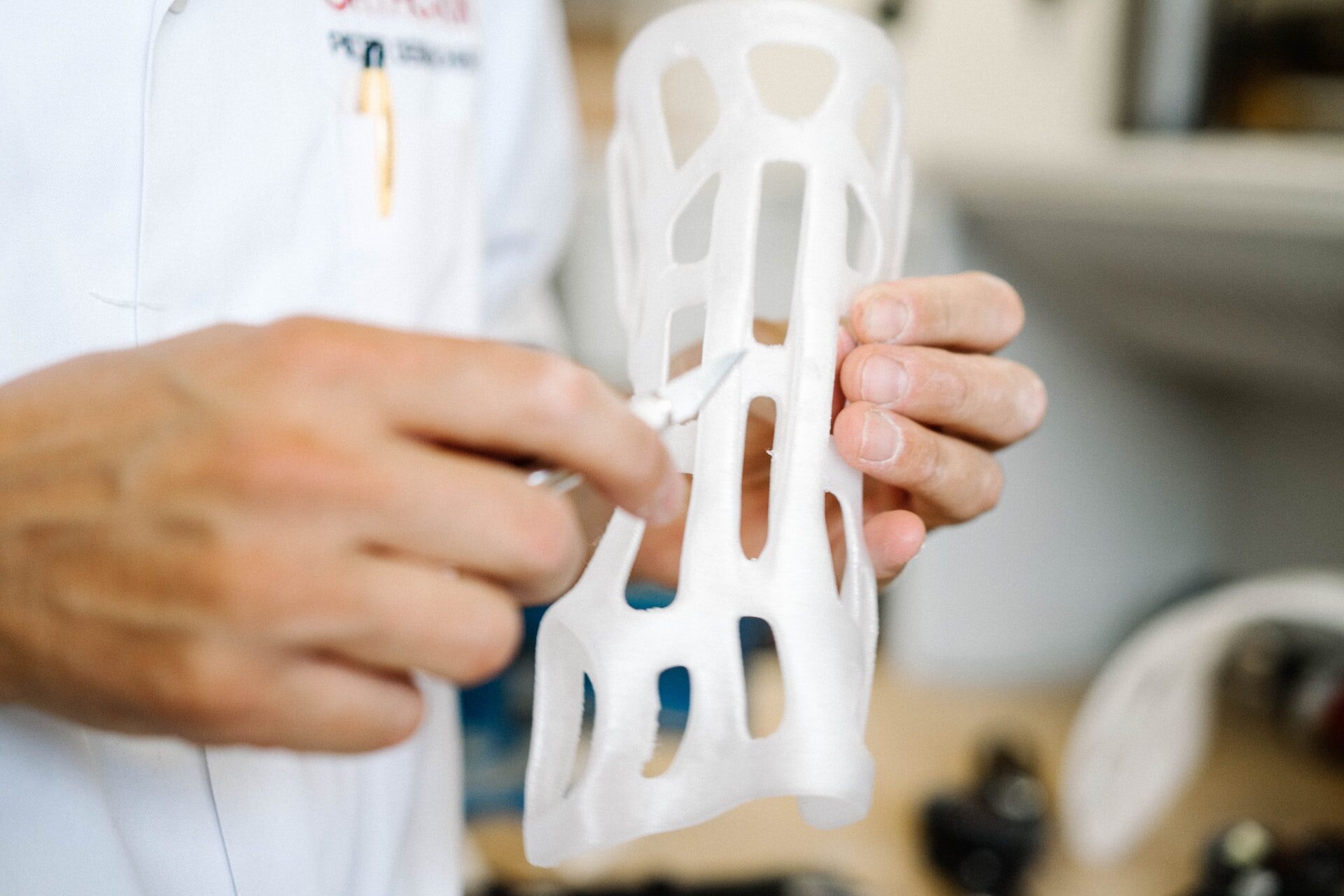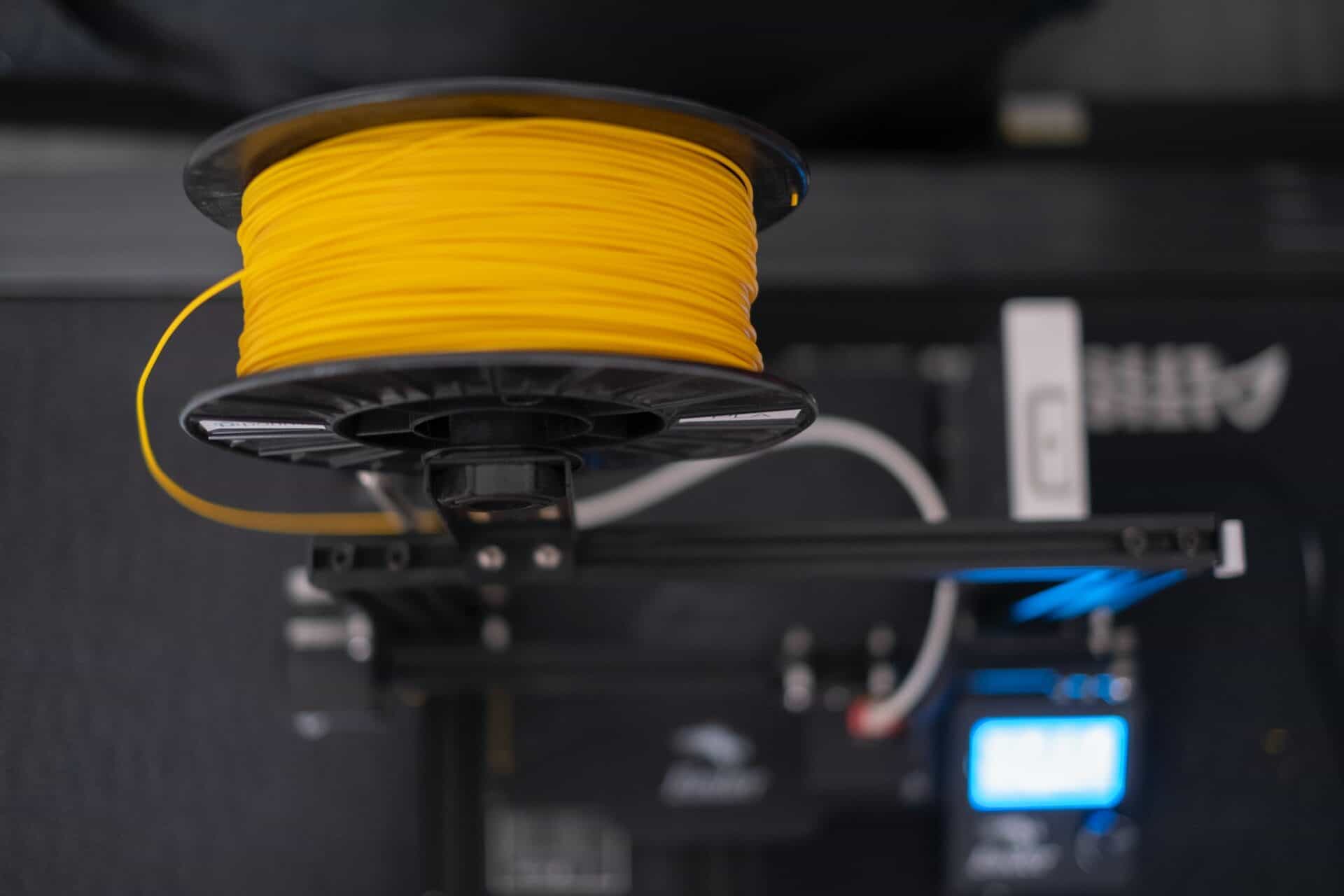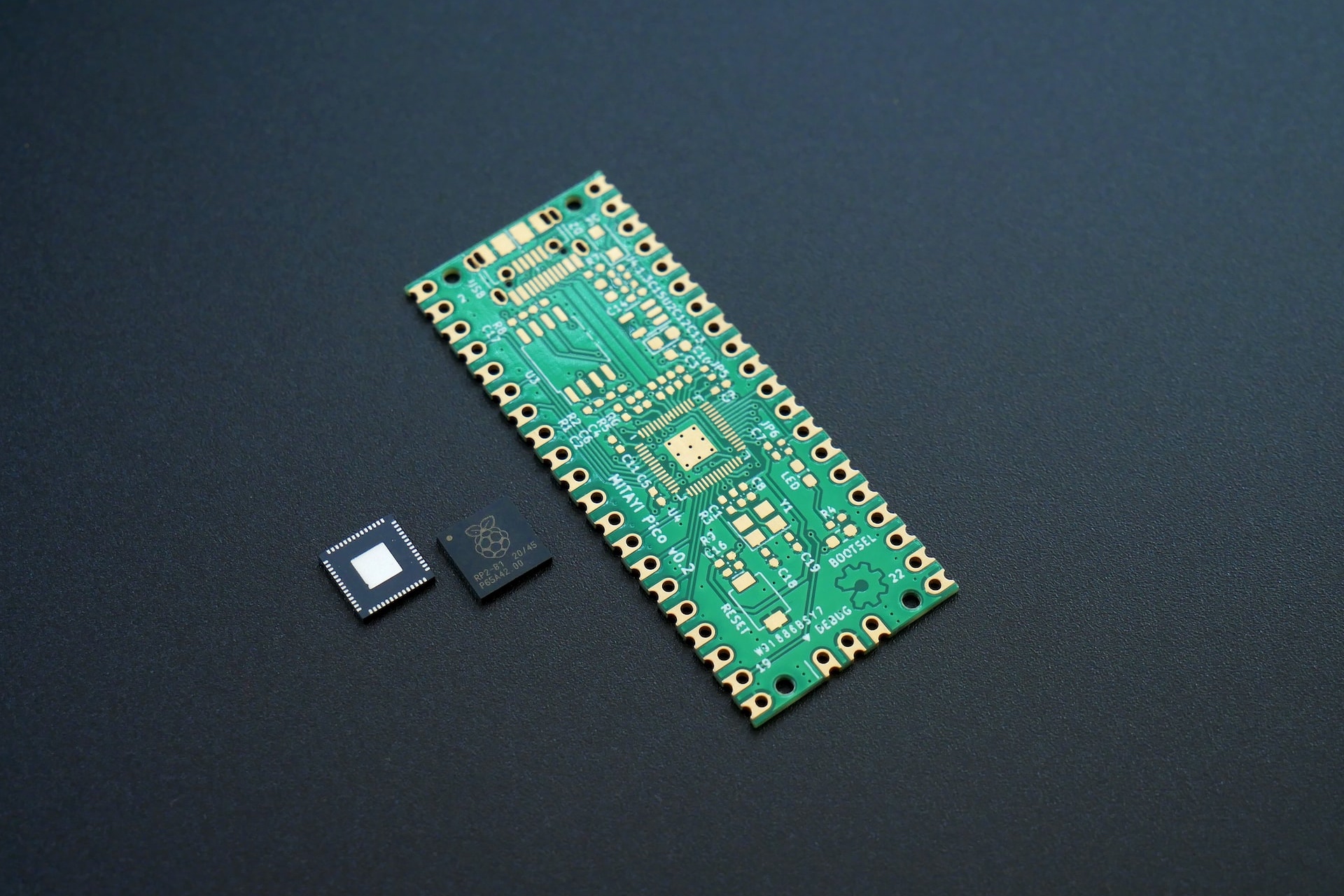
The Complete Guide to 3D Printed Electronic Circuits and Circuit Boards
January 24, 2023 - Ellie Gabel
Revolutionized is reader-supported. When you buy through links on our site, we may earn an affiliate commision. Learn more here.
3D printers have proven to be a truly consequential innovation. Hobbyists and companies everywhere are regularly discovering new applications for these devices. One of the latest involves 3D-printed electronic circuits.
Printed circuit boards (PCBs) are some of the most important components within modern electronic devices. They provide electrical and mechanical features that allow elements in the device – like semiconductors, capacitors, wireless radios, and more – to communicate with one another.
From smartphones to garage door openers, PCBs are everywhere – and they’re vital for modern living. 3D printers may give us new ways to shore up production of these components at a time when sourcing them can be difficult. What are 3D-printed electronic circuits? Do they have limitations compared to conventional electronic circuit boards? It turns out they may be just as capable as their conventional counterparts, and perhaps more so.
How to Use 3D Printers to Create Circuit Boards
There are two primary methods that machine operators can use when it comes to 3D printing electronic circuits: Conductive filaments or hollow trenches. Here’s a breakdown of the differences:
- Conductive filament: With this method, it’s possible to use a 3D printer to place conductive filaments, such as silver or graphene-laced TPU or ABS, directly onto the circuit board substrate. These become functional circuits when the remaining components get added on the PCB.
- Hollow trenches: With this method, the 3D printer is instead used to create a circuit board with hollow trenches. People place conductive filament materials, like conductive epoxy, into them to create the finished, functional circuits.
No matter which method you’re interested in, perhaps the more important question is: What advantages do 3D printers demonstrate over their more conventional counterparts?
What Are the Advantages of 3D-Printed Electronic Circuits?
The first method – 3D printing the chosen circuitry pattern onto the PCB using conductive materials – unlocks new design possibilities. Although not widely explored at scale yet, this method could allow designers to create circuits and circuit boards in brand-new shapes and form factors. It could also allow multiple circuitry layers at once.
But what about comparing the two 3D printing methods directly?
Using conductive filament has the advantage of greater accuracy and the potential to create more complicated shapes than the trench method.
However, creating hollow trenches using a 3D printer is a more straightforward process that requires less finesse and expertise. It also doesn’t require solder. But the end cost may be higher because it requires sourcing conductive filler.
Both methods introduce greater flexibility to the printed circuit board design and fabrication process. 3D printers as a manufacturing asset are more adaptable. They also allow for quicker tool changeovers and design revisions as project needs dictate.
People must not overlook the previously mentioned advantage involving multi-layered circuitry designs and new form factors. 3D printing helps technologists and engineers to deliver more capable, personalized, physiology-friendly an space-efficient technology. This ranges from implantable health devices, like pacemakers, to smart watches, cell phones, laptops, networking equipment, internet of things (IoT) networks, and classes of products we haven’t even envisioned yet.
Designers have previously faced the limitations of conventional manufacturing methods, like injection molding and CNC machining. Both of these disciplines still have a place in modern manufacturing, including some projects involving electronic circuits, but 3D printing may be earning its place as the primary fabrication method in this field and others.
The Future of Electronic Circuits and 3D Printers
3D-printed electronic circuits are an impressive development that will only continue to receive refinement. As they do, we should see an explosion of innovation and design novelties in the various electronic device markets.
Revolutionized is reader-supported. When you buy through links on our site, we may earn an affiliate commision. Learn more here.
Author
Ellie Gabel
Ellie Gabel is a science writer specializing in astronomy and environmental science and is the Associate Editor of Revolutionized. Ellie's love of science stems from reading Richard Dawkins books and her favorite science magazines as a child, where she fell in love with the experiments included in each edition.
